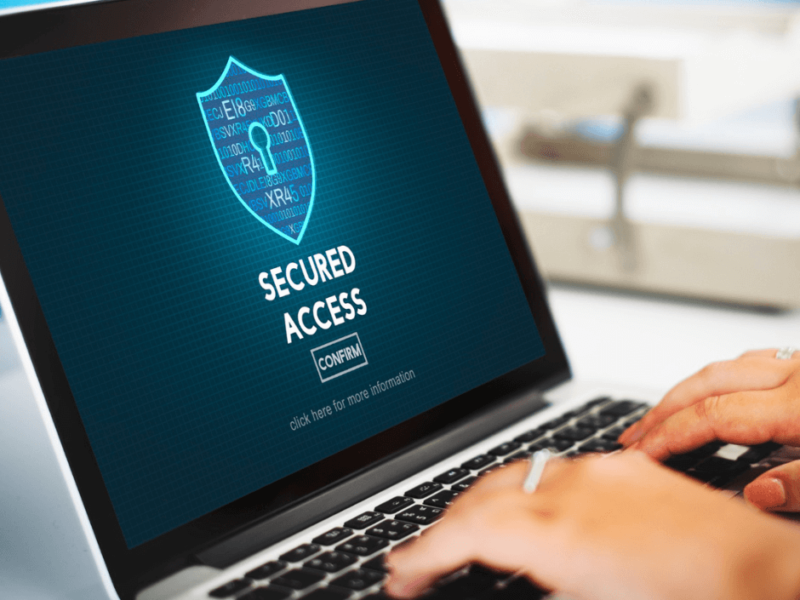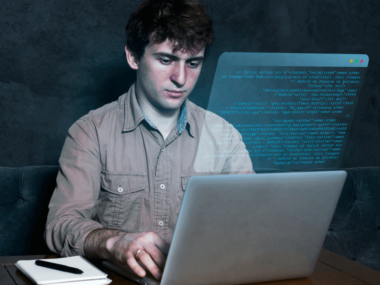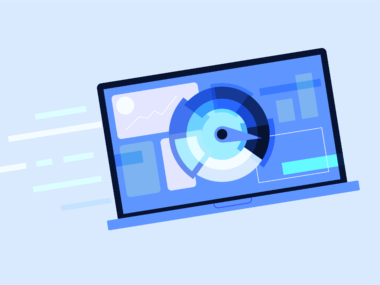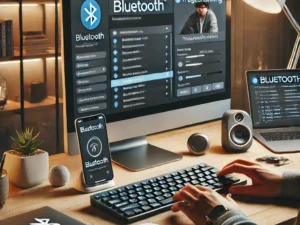In our digital age, securing our laptops has become as essential as locking our front doors. With the increasing threats of cyberattacks and theft, the safety of our personal information has never been more at risk.
Each day, our laptops hold the keys to an array of confidential data, from financial records to personal emails.
Therefore, it is critical to ensure that these devices are well protected against unauthorized access. This is for our peace of mind and security.
We understand that with the myriad of security advice available, it can be overwhelming to know where to start.
However, we don’t have to be technology experts to protect our laptops from potential security breaches. Simple steps can be remarkably effective in fortifying our laptops against the most common threats.
We build a strong foundation for our laptop’s security by keeping software updated. We also build security with strong passwords and awareness of phishing schemes.
Moreover, by educating ourselves on the various security measures available, we can tailor our approach to fit our specific needs and usage patterns. This significantly reduces the risk of our sensitive information falling into the wrong hands.

Physical Measures
Protecting our laptops involves more than just digital security. Physical measures are crucial to prevent theft or unauthorized access. We explore key methods to keep our hardware safe.
Use a Laptop Lock
Much like a bicycle lock, we use a laptop lock to secure our device to a heavy or immovable object. This can discourage opportunistic theft in public places or unmonitored areas. There are cable locks that use a combination or key. They attach to the Kensington Security Slot that most laptops feature.
Secure Laptop with Biometric Access
In addition to passwords, modern laptops often have biometric access controls. These include fingerprint readers and facial recognition. This technology adds a layer of security by linking access to our unique physical traits. A thief has a much harder time replicating physical traits than a traditional password.
Physically Secure Your Workspace
We take steps to ensure our workspace is physically secure by:
- Keeping our laptop in a locked cabinet or drawer when it’s not in use.
- Using security cameras to monitor the area.
- Positioning our desks in a way that keeps laptops out of sight and reach from visitors or passersby.
Implementing these practices significantly increases the difficulty of someone walking away with our laptops unnoticed.
Software Security
Ensuring the security of your laptop involves a multi-layered approach. This approach prioritizes software defenses. We’ll explore vital steps that cover antivirus protection, updates, and firewalls.

Install Antivirus and Anti-Malware Software
It’s crucial to have robust antivirus and anti-malware software. This software detects and eliminates threats. By installing and regularly updating this software, we safeguard our laptops from the myriad of threats that lurk online.
Consider securing your Windows PC with a reputable antivirus program. It should provide real-time scanning and malware removal features.
Keep Your Operating System and Software Updated
Operating systems and applications must be kept up-to-date to fix vulnerabilities. Regular updates often patch security holes that could be exploited by attackers. Use the Windows Update feature to keep your system and software up-to-date. This lowers the risk of security breaches.
Enable Firewall Protection
Firewalls act as gatekeepers for your laptop. They control incoming and outgoing network traffic based on security rules. Ensure your laptop’s firewall is activated to provide a barrier against potential intruders.
You can customize Windows Security features. This way, you can fine-tune the level of protection for your device.
Authentication and Access Control
In this section, we’ll focus on the critical steps to enhance the security of your laptop. We’ll do this by implementing robust authentication and access control measures.
Create Strong Passwords
We can significantly increase our laptop’s security by creating strong passwords. Strong passwords are typically at least 12 characters long.
They include a mix of uppercase and lowercase letters, numbers, and symbols. For instance, a password like S3cure!#4mation is much harder to crack than password123.
Utilize Multi-Factor Authentication
We recommend employing multi-factor authentication (MFA) whenever possible. This adds an additional layer of security. You need two or more verification methods to access your laptop. They could be something you know, like a password.
They could be something you have, like a security token. They could be something you are, like biometric verification.
Manage User Accounts Carefully
Effectively managing user accounts is crucial for our laptop’s security. We should ensure that:
- Each user has a separate account.
- User accounts are assigned appropriate permissions (regular users should not have administrative rights).
- Unused accounts are promptly disabled or deleted to avoid unauthorized access points.
Data Encryption
In safeguarding our laptop, we must prioritize data encryption as a primary defense mechanism. Encryption acts as a robust barrier against unauthorized access. It ensures that our sensitive information remains confidential.
How to Secure Your Laptop From Hackers
Encrypt Your Hard Drive
To fully secure our laptop, we start by encrypting our hard drive. Windows 10 and 11 Pro, Enterprise, or Education versions offer a built-in feature. It’s called BitLocker. It is a tool that effectively secures your data by encrypting the entire drive.
If our device doesn’t support BitLocker, we can find other reputable software to encrypt our drive. For example, Malwarebytes provides protection for various operating systems.
Use End-to-End Encryption for Communications
For our online conversations and data transfers, we employ end-to-end encryption. This ensures that our communications are transformed into a secure code. Only the intended recipient can decrypt it.
Services like WhatsApp and Signal offer this level of encryption. However, we always verify that the settings are enabled to maintain our privacy.
Network Security
When securing our laptop, it’s imperative to focus on network security. This protects our sensitive data from unauthorized access and cyber threats.
Use a VPN for Secure Connections
We use a Virtual Private Network (VPN) to encrypt all data. This significantly reduces the risk of interception by malicious actors. Deploying a VPN across every device fortifies our privacy. It enables us to browse with confidence, especially when using public networks.
How to Secure Your Laptop Webcam and How to Secure Your Laptop
Connect to Secure Wi-Fi Networks Only
Connecting only to secure Wi-Fi networks is crucial for our laptop’s security. We should always verify the network’s authenticity. We should use networks that require a password for access. Encryption like WPA2 should be standard to protect our digital activities.
Disable Wi-Fi and Bluetooth When Not in Use
We routinely disable Wi-Fi and Bluetooth when they are not in use. This helps minimize vulnerabilities. This simple action reduces the chances of uninvited access to our system. It also conserves battery life.
In public spaces, turning off these features can significantly reduce our risk of security breaches.
Regular Maintenance
Maintaining the security of our laptops requires consistent effort. We’ll focus on ensuring data safety. We’ll also declutter storage and periodically check our laptop’s general operability.
Regularly Back Up Your Data
We need to back up our data regularly to avoid data loss in the event of hardware failure or a security breach. External hard drives or cloud storage services are efficient ways for us to ensure our data is replicated and accessible. We should aim to back up our data at least once a week, or more frequently depending on use.
Clean Out Files and Applications
Over time, our laptops accumulate unnecessary files and applications. This can slow down performance. We should conduct monthly reviews of our installed applications. We should delete those that are no longer in use.
Similarly, cleaning out temporary files and browser caches helps to free up space. It also enhances system performance.
Monitor Your Laptop’s Health
Monitoring our laptop’s health is crucial to nip potential issues in the bud. We use built-in tools like Windows Security or macOS’s Activity Monitor to check for malware. We also use them to ensure all security features are enabled.
We also keep an eye on our laptop’s battery health. We update our operating system and applications to patch any security vulnerabilities.
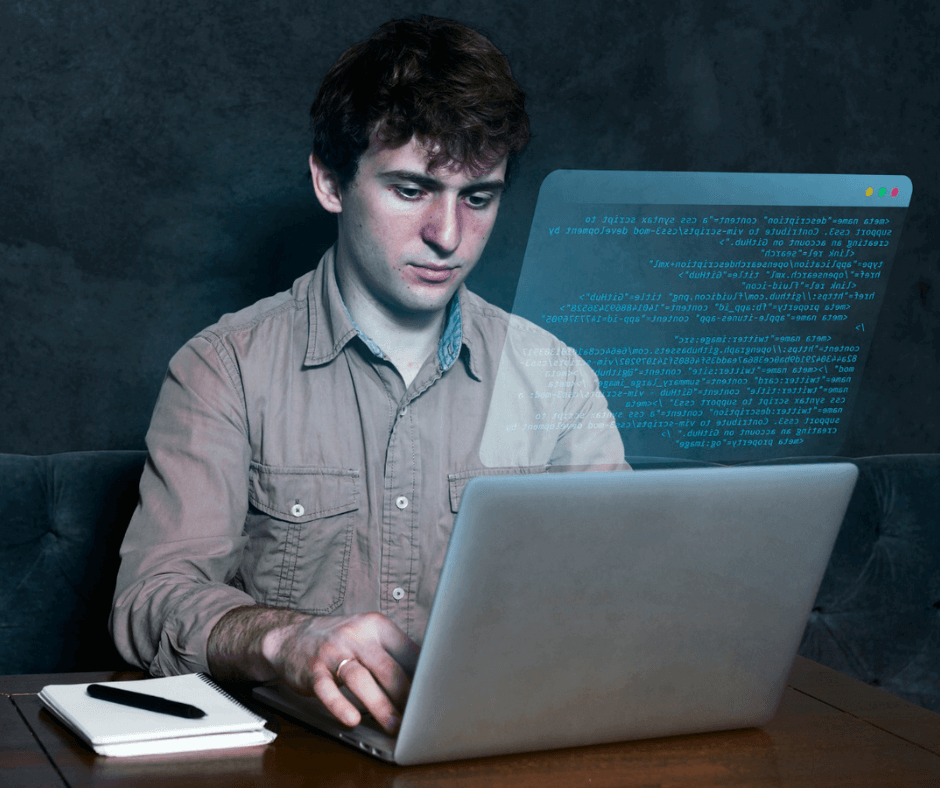
Awareness and Training
In our commitment to laptop security, we recognize the critical role of awareness and training. We ensure that our knowledge is current and we are prepared to handle the ever-evolving digital threats.
Beware of Phishing and Scams
We understand the signs of phishing attempts and scams. Phishing typically comes in the form of emails or messages. They try to trick us into giving away personal information or downloading malware.
We always verify the sender’s information. We avoid clicking on suspicious links or attachments.
Stay Informed About Security Threats
We stay informed about the latest security threats by regularly reading industry reports. We also attend webinars and subscribe to security newsletters. This allows us to adapt our security measures to counteract new types of cyber attacks.
Educate Others About Laptop Security
We proactively share our knowledge of laptop security with our colleagues. We also share it with our friends and family. We advise on the importance of strong passwords.
We also discuss the necessity of regular software updates. This helps spread awareness about laptop security.
As a Summary of How to Secure Your Laptop
Securing laptops is crucial in today’s digital age. It helps maintain personal information and peace of mind. Laptops hold sensitive data, such as financial records and personal emails. It is essential to protect them against unauthorized access.
To protect laptops, it is essential to keep software updated. Use strong passwords and be aware of phishing schemes. We can tailor our approach to fit our specific needs and usage patterns. We do this by educating ourselves on various security measures.
Physical measures include using a laptop lock. Secure your workspace with biometric access. Also, physically secure your workspace.
Educating ourselves on security threats can help others protect their devices. Staying informed about security threats can also help.
Software security involves installing antivirus and anti-malware software. It includes keeping operating systems and applications updated. It also includes enabling firewall protection and creating strong passwords.
Enabling multi-factor authentication and access control can help protect your device from potential intruders. Regular maintenance and backups can also help maintain a secure workspace.
We can help protect our laptops from potential threats. We do this by educating others about security threats. Also, by implementing these strategies. We can also maintain a secure digital environment.
This section discusses the importance of enhancing laptop security. It explains how to do this. It does this by implementing strong authentication and access control measures. Key steps include creating strong passwords. Use multi-factor authentication. Manage user accounts carefully. Prioritize data encryption.
Encrypt the hard drive. Use end-to-end encryption for communications. Deploy a VPN for secure connections. These are essential steps to protect sensitive data.
It’s also crucial to connect only to secure Wi-Fi networks. Make sure they require a password for access. And, when you’re not using them, disable Wi-Fi and Bluetooth. Regular maintenance of the laptop requires ensuring data safety.
In summary, enhancing laptop security involves several actions. These tasks include creating strong passwords and using multi-factor authentication.
Laptop security is crucial for maintaining system performance and preventing potential issues. It is essential to regularly back up data. It is also important to clean out unnecessary files and applications. Monitoring laptop health is also essential.
To secure a laptop, install reputable antivirus software. Perform regular system scans and keep software patched with the latest security updates.
Defend against hackers using a layered approach. Employ complex passwords and enable two-factor authentication. Avoid suspicious links. Keep your system updated. Be vigilant about securing Wi-Fi networks.
Prevent the physical theft of your laptop with Kensington locks. Never leave it unattended in public spaces. Consider installing tracking software.
Support data theft by encrypting your hard drive. Use secure cloud services for backup. Be cautious when using external devices.
Asked Questions of How to Secure Your Laptop
We aim to provide clear guidance for laptop security. Our guidance balances ease of use with robust protection against various threats.
What steps can I take to prevent viruses on my laptop?
To prevent viruses, we recommend installing reputable antivirus software. Ensure it’s always up to date. It’s also crucial to regularly perform system scans. Keep your operating system and other software patched with the latest security updates.
How do I configure security settings for a small business laptop?
For a small business laptop, it’s imperative to configure user access controls. You should also enable encryption and set a strong password. Using a virtual private network (VPN) can further protect your online activities. This is especially true on public networks.
What are the best practices to defend against hackers?
To defend against hackers, use a layered approach. Employ complex, unique passwords. Enable two-factor authentication. Avoid clicking on suspicious links. Keep your system updated, and be vigilant about securing your Wi-Fi network.
What measures should be employed to prevent the physical theft of my laptop?
Prevent physical theft by using a Kensington lock. Never leave your laptop unattended in public spaces. Consider installing tracking software that can locate your laptop if it’s stolen.
How can I safeguard my laptop against data theft?
To safeguard against data theft, encrypt your hard drive. Use secure cloud services for backup, and be cautious when using external devices. Ensure sensitive information is always transmitted over secure, encrypted connections. Finally, you know how to secure your laptop from theft.
What strategies can enhance cyber awareness to protect my home computer?
Increase cyber awareness by staying informed about the latest cybersecurity threats. Understand how they can affect your home computer.
Regularly review and audit your security settings. Educate family members about safe internet practices.

